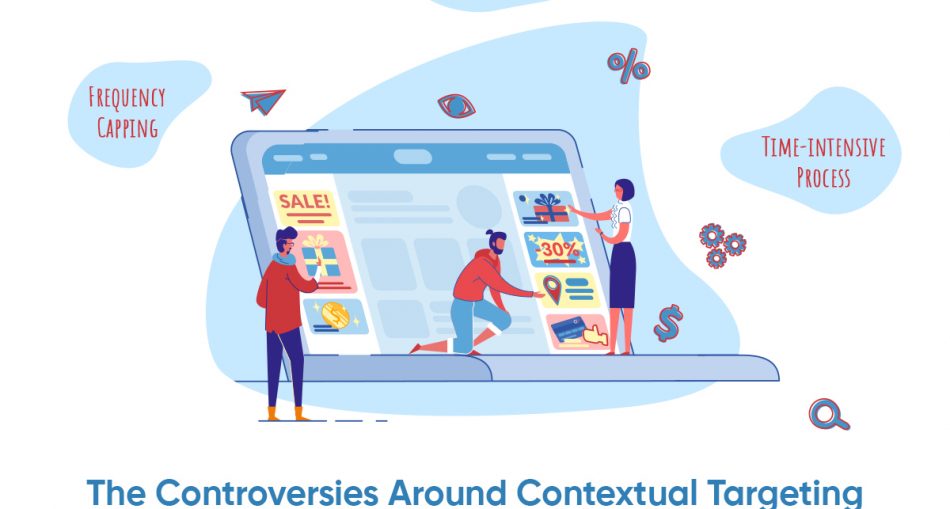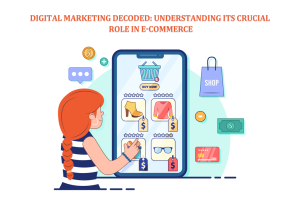In the past few years, there has been a buzz about the growth of “contextual advertising,”especially in the online field. Contextual targeting focuses on the context in which users see an ad, compared to behavioral targeting, which focuses on ensuring the correct user sees the ad, regardless of context.
While there isn’t any definitive answer as to which strategy is more effective, new guidelines such as the EU’s GDPR policy and the gradual demise of the third-party “cookie” has made the advertiser believe that context will be important in the next coming years, as serious compliance issues arise around collecting and using user data.
From what we understand about contextual targeting, this strategy benefits advertisers and campaign effectiveness. One study found that “media-context factors seem to elicit greater recall and recognition for advertising,” meaning users are more likely to remember ads if served in a contextually relevant environment. A research study has shown that ads placed in the most contextually relevant pages draw 43% more neural engagement and 2.2 times better ad recall.
There’s no doubt that context matters; however, there are still some shortcomings in the industry when it comes to utilizing the full power of context. These limitations pose problems for publishers and advertisers.
Contextual advertising alone is not always the best strategy as a lot depends on the product, brand, and ad itself when measuring ad recall. A WARC study found that contextual ads provide greater ad-recall for the ad/product than the brand. This can be both a good and a bad thing.
Recently, The Guardian reported that UK newspapers could lose up to £50m in digital ad revenue as advertisers blocklist news sites due to coronavirus-related content. Advertisers also block specific keywords, meaning inventory is unsold even in perfectly brand-safe contexts. The Coronavirus pandemic has implied that publishers see record levels of online traffic, but programmatic pricing is down due to lower CPMs and CPVs.
This pandemic has only highlighted a problem that contextual targeting has faced for a while and is starting to be resolved. Advertisers are unnecessarily missing out on quality inventory because the current contextual methods are lagging. We know through research that harmful content can hurt ad recall. Still, we also need to use ad technology to run more innovative contextual campaigns if we are to assure advertisers that campaigns will perform well.
How does contextual targeting work?
Contextual advertising uses AI and intense-learning algorithms to analyze content like text, speech, imagery, and geolocation in real-time. Predictive advertising tools analyze all of this data and the content a user is surfing to specify if a user will take a particular action like clicking your ad. The intense analysis provided by AI is like what a human brain would do when deciding where to place an ad manually, which helps ensure your ad placement is relevant, timely, and of interest to the user. It also creates a more personalized experience for consumers, becoming increasingly important when deciding what brands they want to align with.
Each contextual advertising needs a unique landing page to ensure a specified place for driving conversions. Contextual advertising demands a high level of creativity and relevancy.
The significance of contextual advertising in a cookieless world
Contextual advertising is making a powerful comeback due to the impact of privacy laws like the GDPR announcements made by Google to ban third-party cookies—meaning advertisers will no longer be able to track users on multiple sites to target them.
With a vision of greater privacy online, contextual advertising effectively becomes a better option for many advertisers. It’s privacy-friendly, and you can still collect data on consumers without cookies.
Advertisers can do it in several ways, but below are three factors that will be important as the industry moves forward.
- Move Ahead of the text.
Firstly, it is vital to utilize contextual intelligence and AI technologies. Often keywords are used to determine whether a particular site or page is suitable; however, by using more intelligent systems, we can take into account the whole context of the page, including audio, images, video, and more. It will help campaigns distinguish what pages are actually “brand safe” and suitable for ads, benefitting all parties.
- Stop blanketing
Advertisers/planners can sometimes blocklist entire categories or ignore specific environments when planning campaigns. News sites are a great example as they often host content that is not considered “brand safe,” even though many pages/sections are entirely appropriate for ad placement. By using more AI-powered contextual methodologies, advertisers can refine their contextual targeting strategies, so that they do not miss out on quality and brand safe content.
- Don’t ignore the audience.
It is crucial as your audience always matters, and utilizing first-party audience data in hand with contextual advertising strategies ensures less wastage as relevant users are reached.
In conclusion:
Contextual targeting is challenging to perfect, but the industry will only get better at reaching the best audiences. Multiple factors always determine whether campaigns perform well (context is just one element), but the better we can refine the planning process for contextual advertising, the more the ad industry will benefit.







